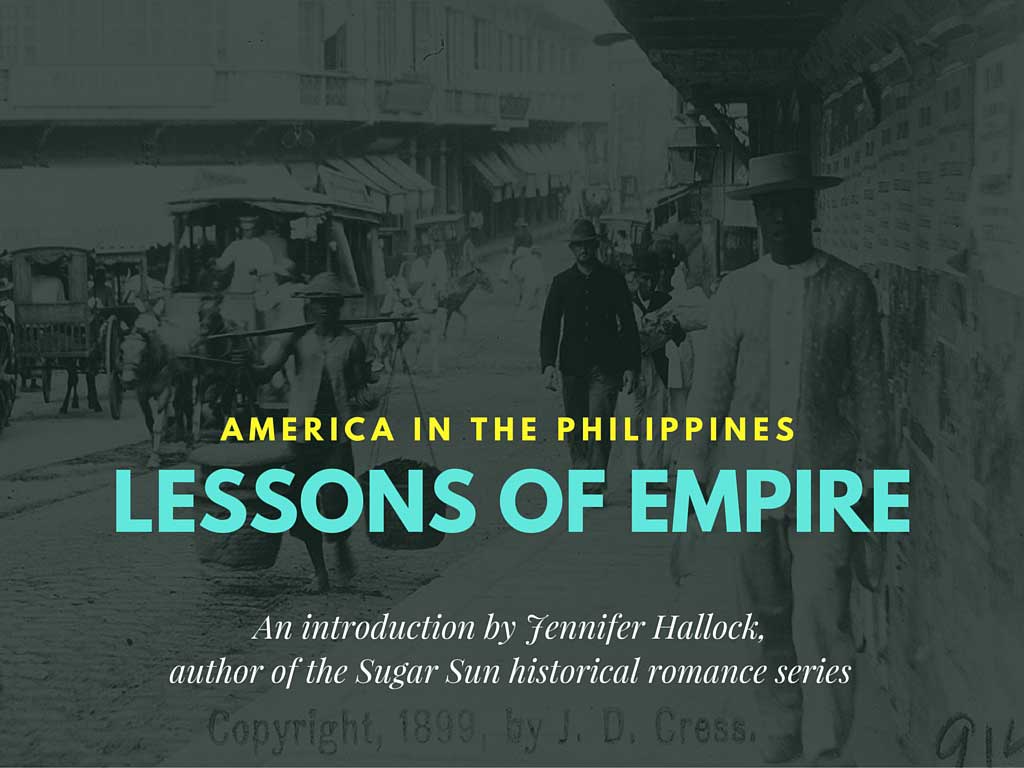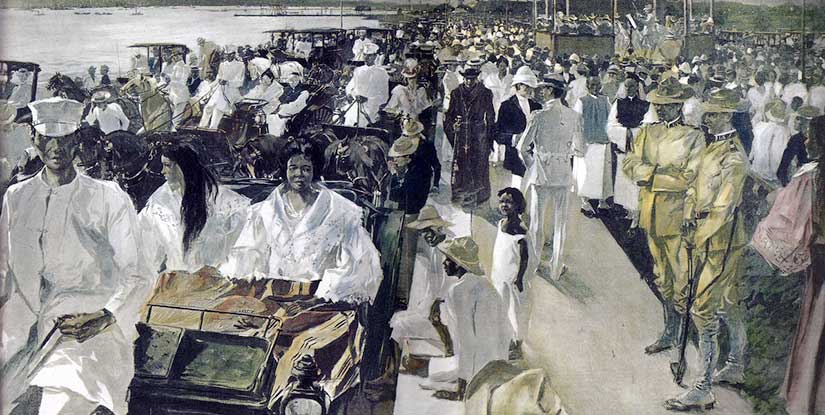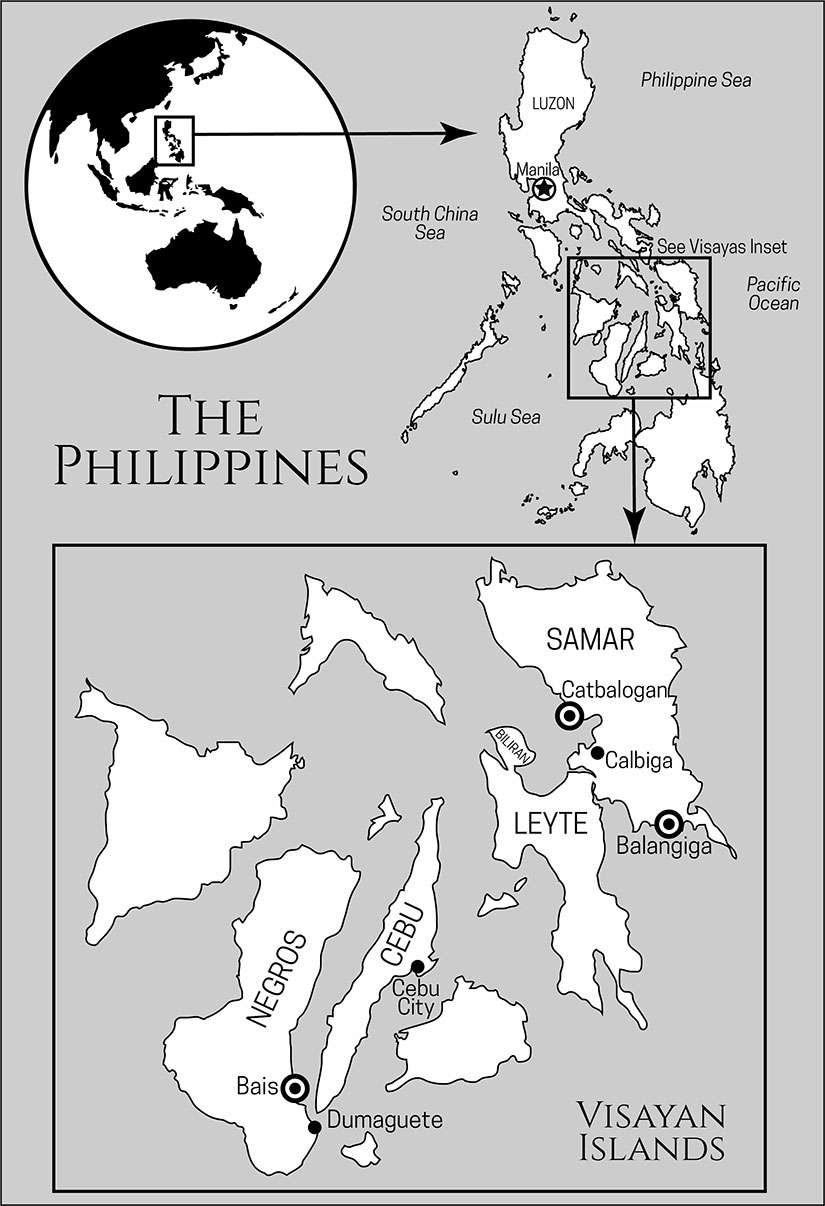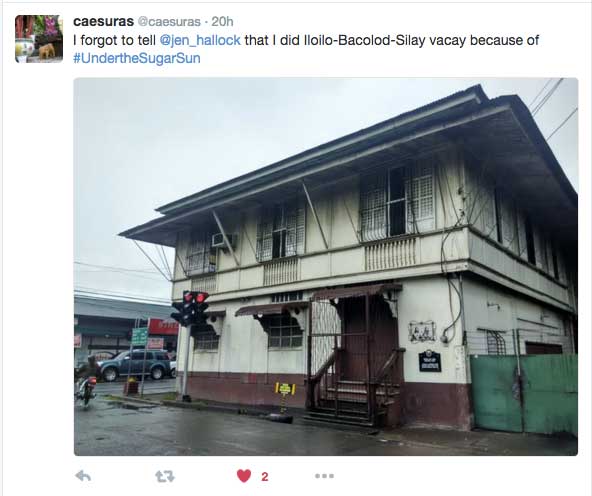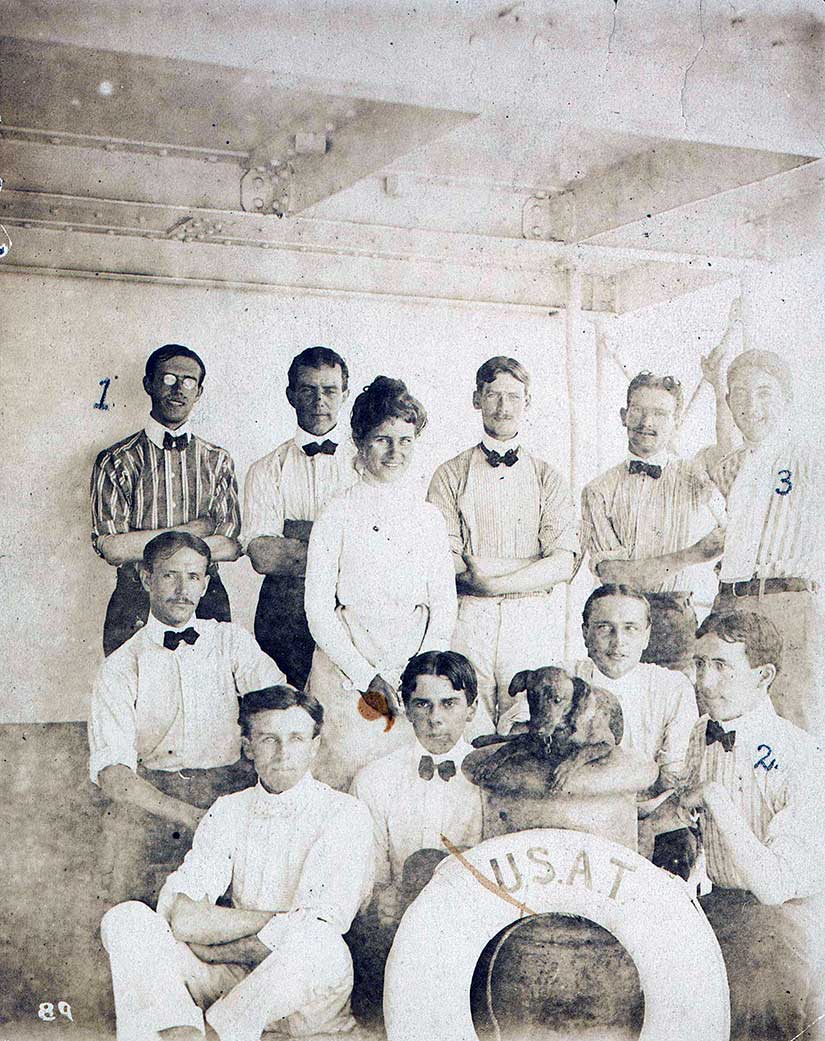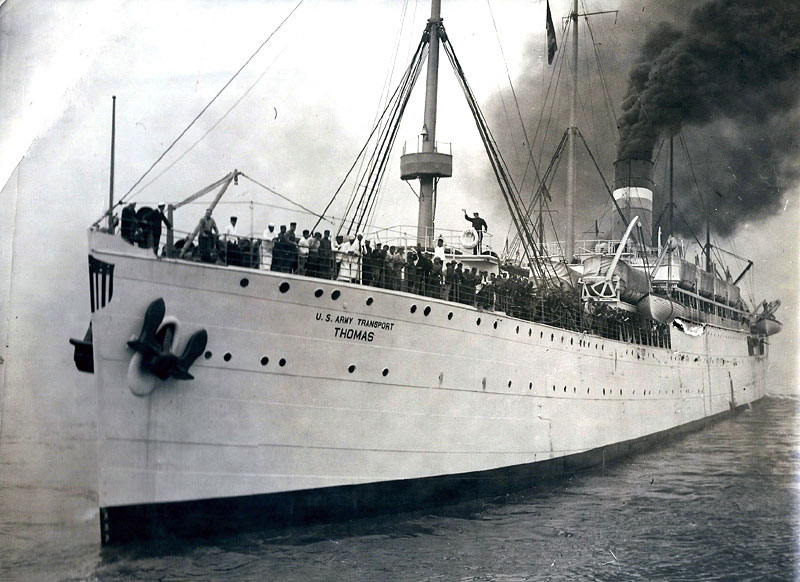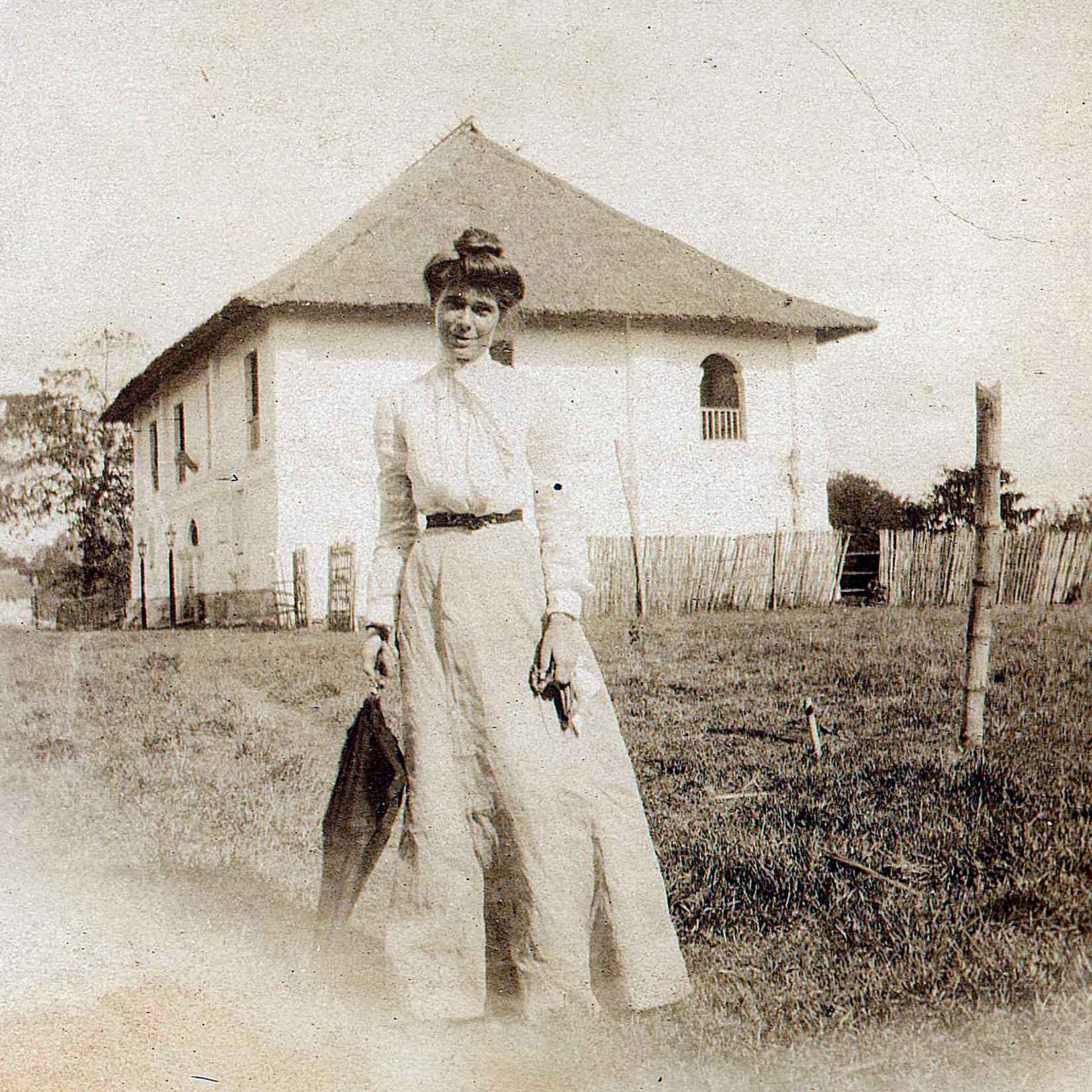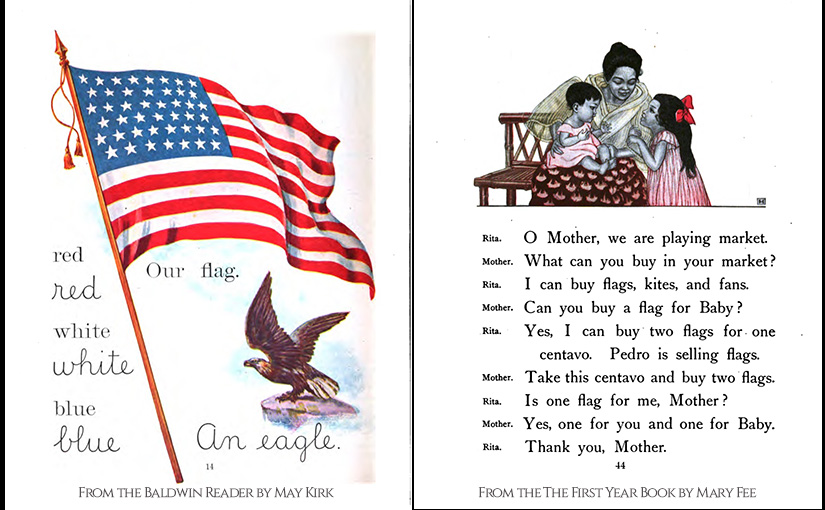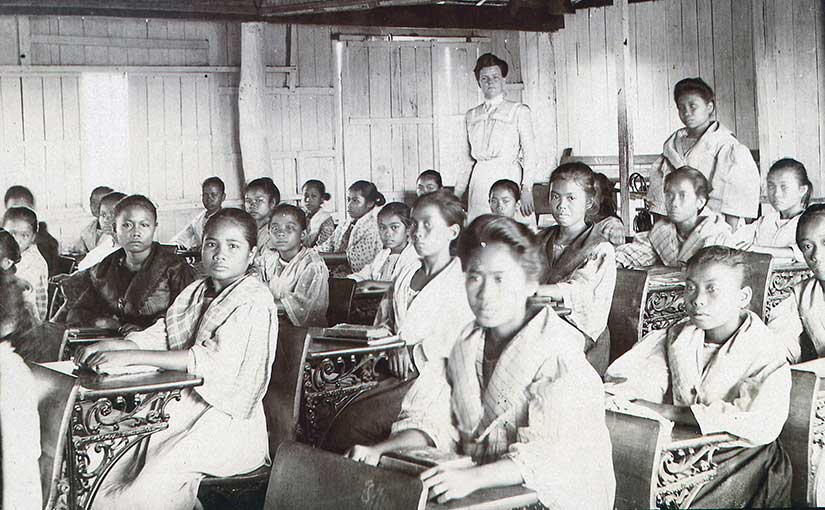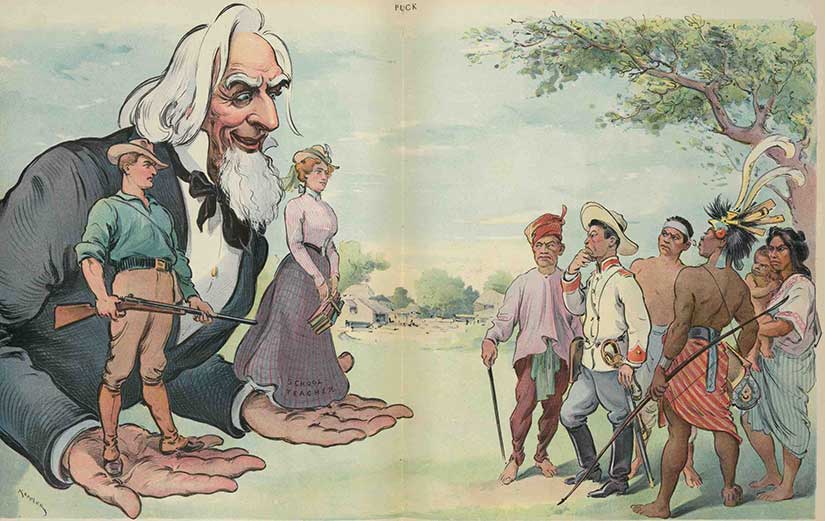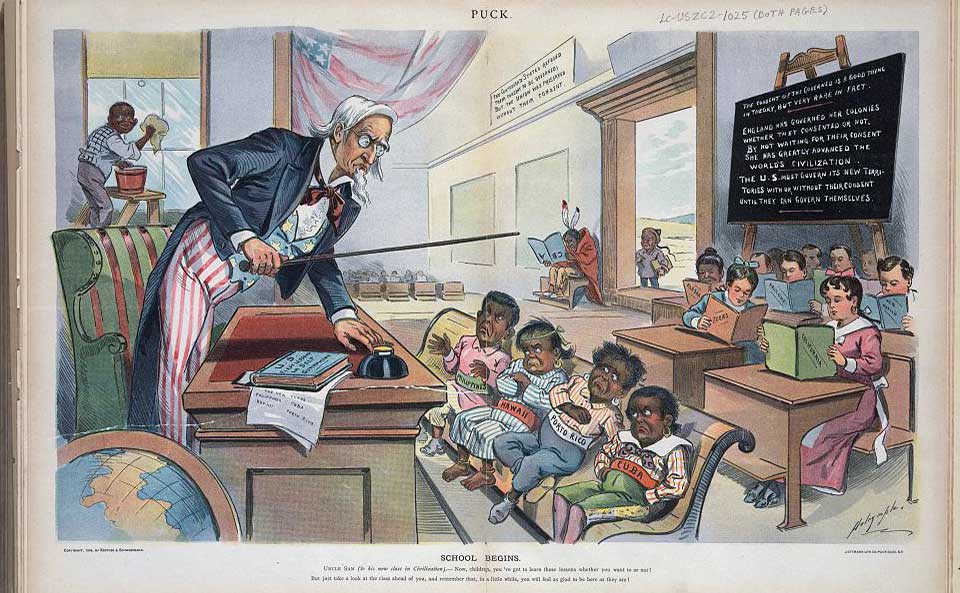In French, the word histoire can mean either a chronicle of the past or a fresh fictional tale—and, as a historical romance author, I love that flexibility. No matter whether I am writing my Sugar Sun series or the actual history of the Spanish-American and Philippine-American Wars, I embrace the story behind the events.
There is good reason for this. My day job for the last twenty years has been teaching history to intelligent, discriminating teenagers. (Yes, such a beast exists, I am happy to report!) Like any good teacher, I strive to keep my presentation lively, informative, and seasoned with humor. Sometimes that humor comes in the shape of snark, but so it goes.
And thanks to the indulgence of my employer, I am lucky enough to teach one of the few courses in the United States—at any level—devoted to just this era: American colonial rule in the Philippines. (It may be the only one. I don’t actually know.) And if I can teach this history to seventeen year olds, people, I can teach it to you.
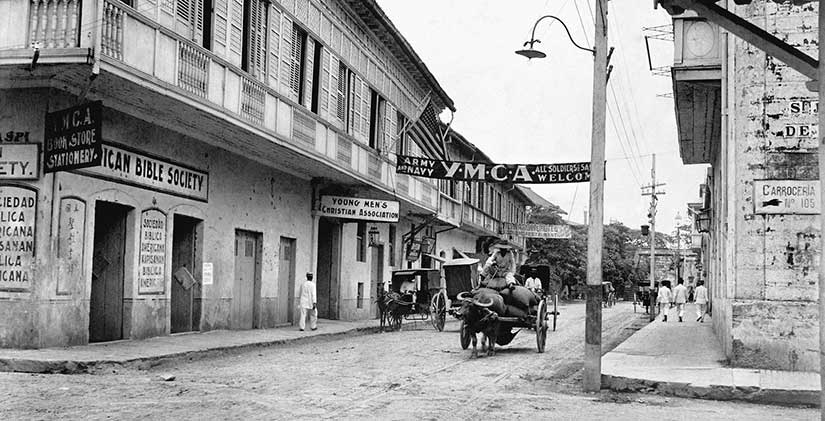
Therefore, my next venture is to take this show on the road. I have put together a 30 minute presentation, complete with illustrations, on the history of American rule in the Philippines:
- I will tell you why Americans came to the Philippines at the turn of the twentieth century, and how this endeavor fundamentally changed our role in the world—and launched some of our best known political and military figures, to boot.
- I will tell you the good, bad, and ugly how of the Americans ruled—and why, despite it all, the Filipino-American friendship is still so strong today.
- I will tell you why this matters to you in the twenty-first century, particularly as the two countries renew their strategic (read: military) partnership in Asia.
- Finally, I’ll give you a few stories of my own in the fabulous Philippines, and how these experiences have shaped what and how I write.
- Did I mention I have pictures? A whole slide show, in fact.
If you live in the New England area, I hope to bring this talk to a library or historical society near you! The best part is that I will do it for FREE. Please feel free to get your librarian in touch with me. I have PowerPoint and will travel (within reason), and I am available starting August 2016.
What do I get out of it? The author in me hopes to expand my readership by getting my books in the public eye. Duh. But the teacher in me wants you to know about this pivotal period in American history, one that for too long has gotten only a terse mention in your textbooks. The American in me wants you to see how this period shaped the American Century to come, while the long-time-resident-of-the-Philippines in me wants you to know how intertwined our fates still are.
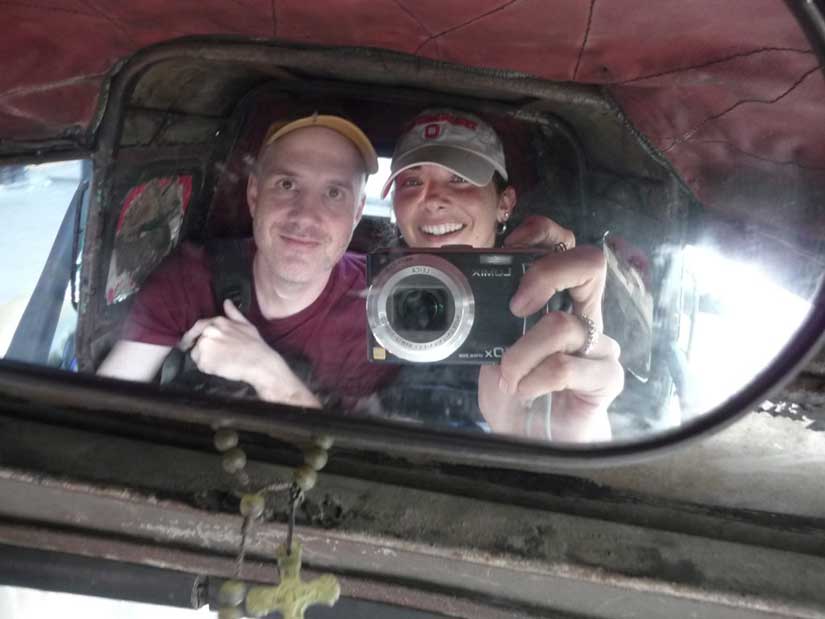
As to my credentials: I am an award-winning teacher with two decades of experience here and abroad, including the Philippines (obviously), Lebanon, and Thailand. I have a bachelor’s and master’s degree in international affairs from Georgetown University, with a focus in Asian Studies. I have authored articles in several peer-reviewed journals, as well as fact-checked and edited others. I speak barely intelligible snippets of all sorts of languages, which means I mostly get by on my smile and other people’s indulgence.
Most importantly, I write the Sugar Sun series, inclusive historical romance “for those who love their romance with a little more plot” (Carla de Guzman for Spot.ph). Laura Fahey of the Historical Novel Society said of my debut novel, Under the Sugar Sun: “Intensely absorbing…the charged political climate of the day is drawn with refreshing nuance.” She added that the series promised to be a “groundbreaking fictional treatment.”
So, you know, call me. (Ahem, not really.) In the interests of limiting spam, please comment below if you are interested in bringing me to your library or historical society. I will get in touch with you via email.
Thank you for letting me spread the histoire!
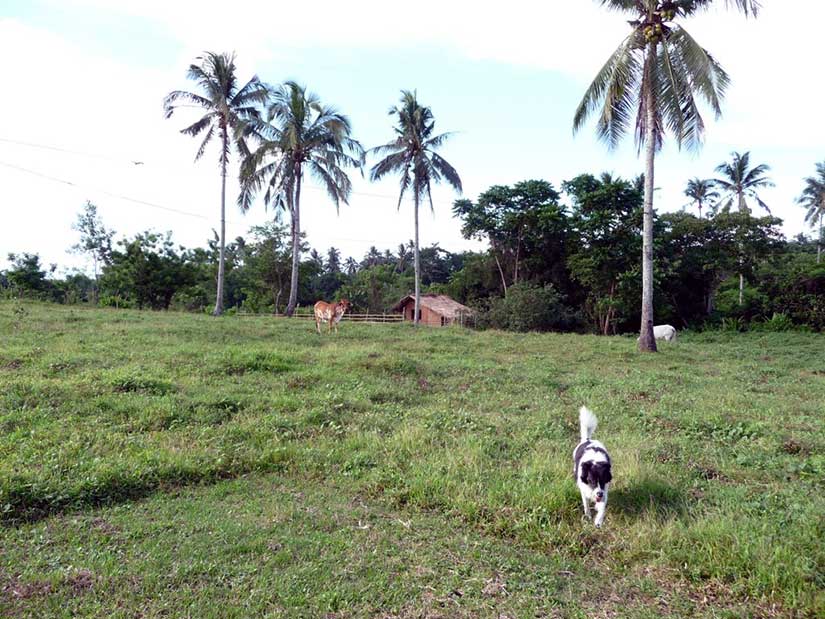
Featured image at the top of this post is G. W. Peter’s illustration, “An Evening Concert on the Luneta,” which was published in Harper’s Weekly as the centerfold on 25 November 1899. I color-corrected a high resolution image I found to bring out the American soldiers on the right side.
*My timing is not really guaranteed. But, on the plus side, neither do I charge for this presentation, so there’s that.
